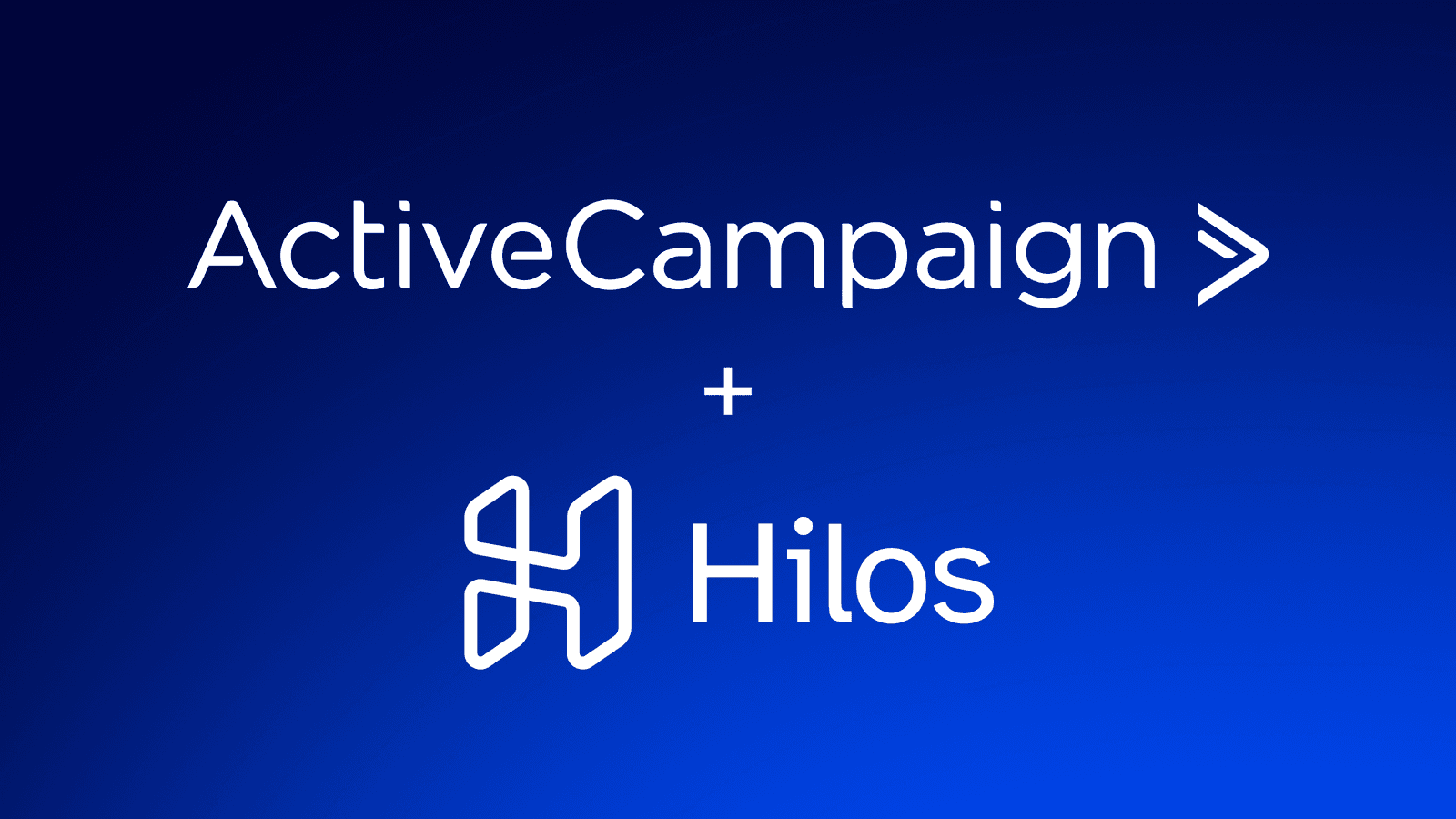This post was contributed by Luke Tilsley, an ActiveCampaign Certified Consultant.Writing an email can seem like an easy task but often you can find yourself getting stuck on even the most basic of things.This guide to writing the ultimate email will explain exactly what any good email should contain as a minimum. Obviously, there will always be extras and ways you can improve upon the foundations, but get these right and your emails will succeed.So let’s get started.
What is the most important part of an email?
- Personalized
- Emotive
- Curiosity
- Urgency
- News
- Social proof
- Offer
1. Personalized subject lines
Personalized subject lines are a great way to encourage your contacts to open. By using their name or even a little snippet of information about that individual in the subject you’ll be able to stand out from the cluttered inbox.2. Emotive subject lines
If your email is about a particular pain, make sure you highlight the pain in the subject line and capture the contacts emotive interest. For example:“It hurts when people stop noticing your hard work doesn’t it?”
“Buying gifts is so difficult when you work full-time”
3. Curiosity subject lines
It’s human nature to want to understand things – we are born to expand our knowledge. For most of us, it only takes a little curiosity to make us want to engage with something.Capture someone’s interest by posing them a question, or tell them you’ll fix a problem but don’t tell them how. Try something like...“How to get more from Facebook Adverts while spending less!”
The more specific you can be, the better. “Find out how you can turn £1.49 into £100 in just 20 minutes” would be better than saying “How to make money quick”4. Urgency subject lines
Creating a level of urgency can also be a great way to get people opening your emails. So for example:Save £27 today, or just £5 tomorrow, the choice is yours.”
“Special offer on our Sofas for one day only! Don’t miss out!”
Each of these plays on the fact the customer only has a small amount of time to take up the offer being presented and therefore rather than scrolling past your email and saying they’ll look at it later they feel the urge to open it now.5. News subject lines
If you have some big news these can also be great subject lines. Say you had a new website or a new menu. People like something new to read, and they like to be the first to know about something. Giving them something to know before others is a great way to build a relationship.6. Social proof subject lines
Social proof emails can be a great way to tell your contacts what they’re missing without it coming from you. After all, people prefer the word of other customers above and beyond the word of the business selling.7. Offer subject lines
If you are offering something, it’s okay to tell them in the subject line. Just remember if you give all the information away at once, then they won’t need to open. So try to hold a little back. Your primary goal is to get them to open the email, so tease the offer.Once the contact has opened the email, they are likely to give you 5 seconds before they close it and move onto the next email. So you need to be ready to hit them with the big message as soon as they open it.This means a strong powerful image and a great headline are a must. If you use a curiosity subject line, make sure you deliver the next bit of information straight after the open. Keep them engaged and don’t let up!How do you create the body of your email?
- Set the scene
- Entice them
- Give more added value

An example of using the CTA at the top and bottom of an email.
Add ALT tags to your images to entice viewers to download them, as still even now, your images may not load straight away. For example, they may have no wifi or even if they have, they may have images turned off within their email provider.You need them to download the images because this is how you will know they have opened your email. (The 1-pixel, which I will explain this later).Finally, make use of the P.S line as you’ll be surprised at just how useful a P.S line can be. Add a click out so you can record the clicks. And see just how many reach the bottom of your email.Remember to have any relevant information like Terms and Conditions and why they are receiving emails from you.
Transparency is critical between businesses and customers.
If they need to speak with you it’s sensible to also have an email reference, so add this in the footer element or somewhere obvious so they can refer to it when needed.You’ll need an unsubscribe link too as this is required by law. But most email providers won’t allow you to send without one anyway.Make sure your email is not too image-heavy. A good balance of images and text keeps you from looking spammy. You can use something like Litmus to test your emails and make sure it passes the required filters. It will also allow you to see what the email will look like in different clients.Outlook is usually the first place you need to check as they use the same rendering engine as Word and this sometimes breaks HTML emails. It also stops GIFs from working so remember this if you are using GIF images in your email.Also, take the time to check your email on mobile as most of your contacts will likely view on mobile or iPad. In fact, more than 60% of people do in most cases.Stacking is a big thing to be careful of on mobile as a two column email will stack in a certain way on mobile.Test Test Test! Because once your email has been sent you can’t recover it. You get one try at each email, so get it right! You don’t want to be having to send a “Sorry we messed up” message. Despite good open rates, it doesn’t look good for your brand.Tracking your email results
What’s the difference between CTR and CTOR?
CTR means Click Through Rate. And is measured against the total number of people sent the email so if you have a CTR of 10% and sent to 100 people that means 10 have clicked the link.CTOR is Click To Open Rate. This is calculated by the number of people who click after opening an email. So if you sent to 100 people and 20 opened and then 10 people clicked you’d have CTOR of 50% because 50% of the people that bothered to open your email actually went on to click the link within.This is a better way to work out how effective the content of the email is… since only 20 people actually saw it. So to measure against the full 100 makes no sense.When checking the results of a subject line you should be looking at the whole 100 people so this is called OR - Open Rate. So if 20 people opened out of 100 then your email had a 20% open rate.Segmentation of your list
When it comes to deciding who to send your email to, there are certain factors you should take into account. First, the message. Ask yourself:- Is the message unique to a certain audience?
- Can it be personal? If so, should you be considering dynamic messaging?
- Look at your customer data
- Make decisions on how many people you would like to see the message
- Decide how you will qualify those people








